NEW YORK—City Council Members David Yassky and James Gennaro announced Tuesday morning that they will introduce the Sustainable Roof Act of 2009 at todays stated meeting of the City Council.
The black tar roofing material used in many New York City buildings gets extremely hot during summer months. Far too much energy is being burned up by overtaxed air conditioning systems. We have a vast resource of roof tops in New York City and if we think about it intelligently we can use them to generate electricity and plant greenery, said Gennaro. I cant think of a more timely proposal. New York has thousands of square miles of empty roofscape.
The Sustainable Roof Act of 2009 works jointly with the J-51 Program, which is administered by the NYC Department of Housing Preservation and Development (HPD) to encourage the renovation of residential properties by granting partial tax benefits to property owners.
Currently, roof alterations designed to conserve energy are eligible for tax abatement. Alterations to green and white roofs, however, are not included in the current requirements. Today you get a J-51 credit for repairing your roof, but its just a regular roof and not a green one, said Yassky. I grew up in a building with a Tar Beach on the roof, it would get hot enough up there to burn your feet.
This stimulates the green tech sector of the city, and these are going to be big jobs in the future, said Yassky.
Although solar panels are quite expensive right now there are plans in the works to make owning them easier. A state credit for solar panels exists but todays proposal would create a parallel and independent system to further encourage the utilization of the opportunities.
A green roof features plantings that will help to absorb flood water run-off. They can also dissipate heat much more efficiently than a traditional tar roof, which decreases the power load on air conditioning units during the summer months. A green roof can have grass, or herb and vegetable gardens, or even full-sized trees.
Blue roof benefits include temporary storage of rainfall to lessen runoff impacts. They may have storage for reuse like irrigation of a green roof, cooling, or recreation. Blue roofs can include open water surfaces, storage within or beneath a porous media or multi unit surface.
A white roof is much simpler, paint a roof white and it will facilitate cooling by reflecting the suns heat instead of absorbing it.
I hope building owners take action, this would definitely be money well spent, said Yassky.
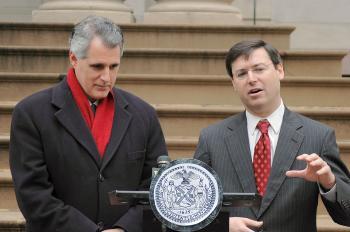
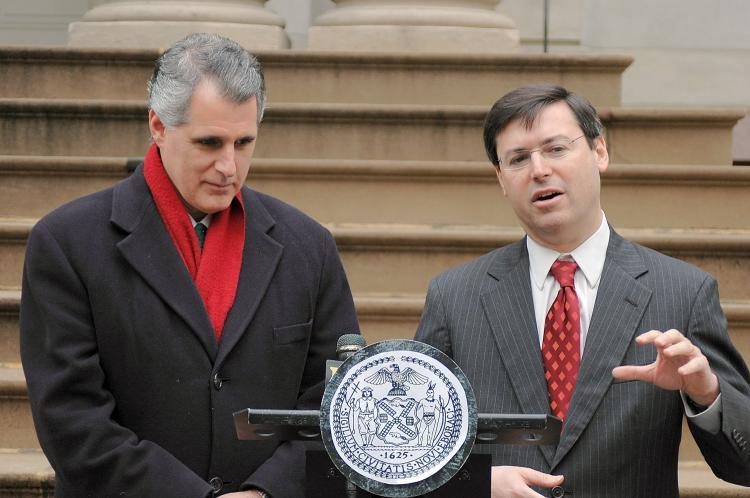
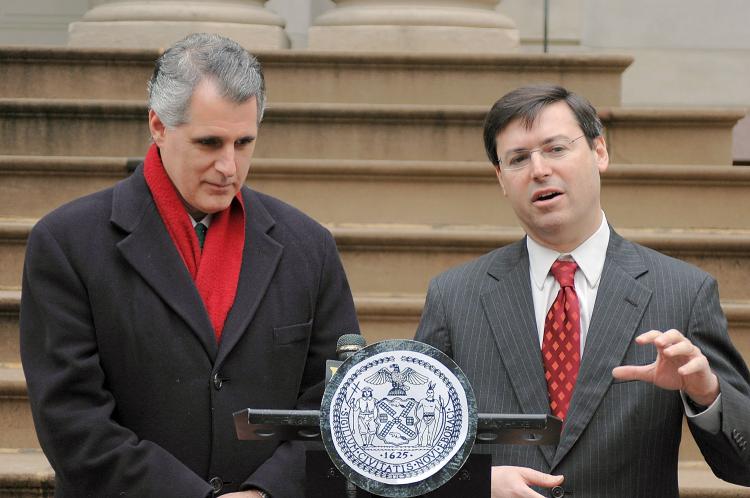
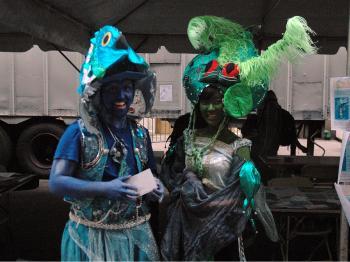
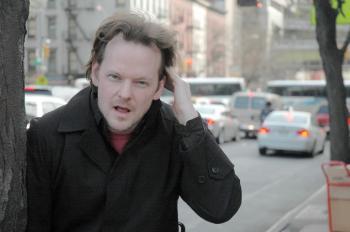
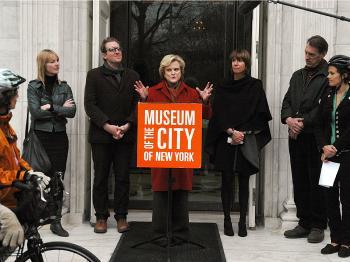
Friends Read Free